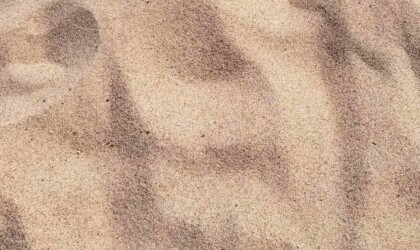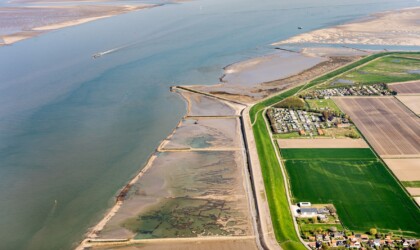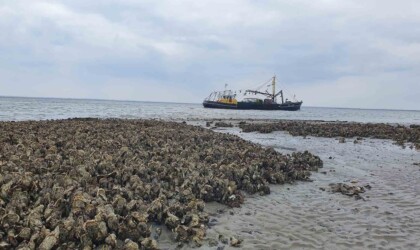He uses a variety of approaches, including flume experiments, numerical modeling and field observations to better understand these systems and predict how changes in these environments affect society.
Wietse received his PhD from Utrecht University in 2013. His PhD project focused on the morphodynamics and sedimentary architecture of meandering rivers. He then worked as a postdoctoral research associate in the Department of Geography, Environment and Earth Sciences at the University of Hull in England. His research focused on climate change impacts and adaptation of coastal and fluvial systems and was part of the EU-funded Hydralab+ project. As part of internships in the United States and New Zealand, he also studied shoreline-sandbar coupling on Tairua beach in New Zealand and used the Delft3D morphodynamic model to simulate hydrodynamics, sediment transport, morphodynamics and conservation of sand and mud in the Columbia River estuary in America.
In 2018, Wietse worked as a coastal morphology expert at AnteaGroup Belgium. Using the shoreline model UNIBEST-CL+, he simulated shoreline changes after the construction of a possible mega-supplementation along the Flemish coast.
Projects

Water
C-SCAPE
Sand suppletions are one of the most important and most used techniques against flooding. While…

Water
Geen zee te hoog
This project approaches the development of flood protection strategies as a spatial issue,…

Water
Underwater Laboratory
Behind the research facility of NIOZ in Yerseke lie 12 concrete basins that are flooded during high…
